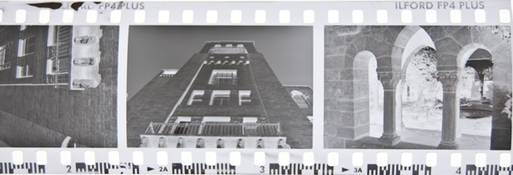Hi all !
So, looking back at some of the scans that the lab sent me, I realized that, for HP5 pushed to 1600, the grain seemed not only very present, but also very "digital noise" like. It was developped in DDX and sent in Jpg, not Tiff, and they advertise their ICE technology, but it is actually a lot grainier than the HP5 I pushed to 3200 and developped in Rodinal - which is surprising.
What do you think ? Is it just me ?
Here are 3 examples :

 www.flickr.com
And 2 from the HP5 @ 3200 in Rodinal :
www.flickr.com
And 2 from the HP5 @ 3200 in Rodinal :

 www.flickr.com
www.flickr.com
Thanks beforehand,
Yaeli.
So, looking back at some of the scans that the lab sent me, I realized that, for HP5 pushed to 1600, the grain seemed not only very present, but also very "digital noise" like. It was developped in DDX and sent in Jpg, not Tiff, and they advertise their ICE technology, but it is actually a lot grainier than the HP5 I pushed to 3200 and developped in Rodinal - which is surprising.
What do you think ? Is it just me ?
Here are 3 examples :

Mister Ash has shared 3 photos with you!

Mister Ash has shared 2 photos with you!
Thanks beforehand,
Yaeli.












